Để cải thiện kỹ năng đọc nhằm chuẩn bị tốt cho kỳ thi IELTS, các bạn hãy luyện tập qua Cambridge IELTS 20 – Test 3: Reading Passage 2 – Can the planet’s coral reefs be saved? nhé!
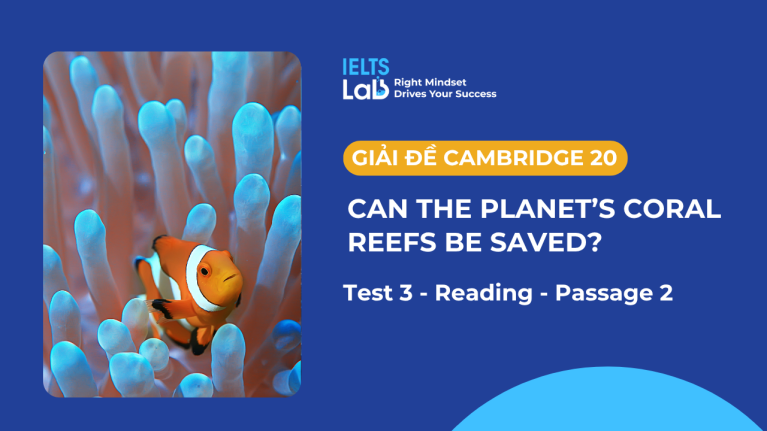
A. Đáp án – Can the planet’s coral reefs be saved?
| Câu 14. v | Câu 18. iii | Câu 24. tentacles |
| Câu 15. ii | Câu 19. vi | Câu 25. protection |
| Câu 16. iv | Câu 20-21. C-E | Câu 26. colour |
| Câu 17. vii | Câu 22-23. B-D |
B. Giải thích đáp án đề Cam IELTS 20, Test 2, Reading Passage 2
| Câu hỏi + Đáp án | Bài đọc |
Câu 14: Đoạn A
Nội dung câu hỏi là: Hai mục tiêu giáo dục rõ ràng. Đoạn A đề cập đến mục tiêu: vừa là để giáo dục về vẻ đẹp của san hô (we want to show people how wonderful they are), vừa cho thấy nỗ lực bảo tồn san hô (want to highlight the research and conservation efforts … want people to see what is being done to try to save these wonders). Như vậy ta thấy được 2 mục tiêu mang tính giáo dục cho mọi người tại London Zoo. |
Thông tin đoạn A
‘… We want to show people how wonderful they are’ … ‘However, we also want to highlight the research and conservation efforts that are now being carried out to try to save them …’ |
Câu 15: Đoạn B
Nội dung câu hỏi là: Sự hợp tác dưới đại dương Đoạn B nói về mối quan hệ cộng sinh giữa san hô và tảo (algae) giúp cả 2 loài cùng sinh tồn. Trong khi tảo giúp san hô có màu đẹp, thì tảo nhận lại được sự bảo vệ của san hộ. Ngoài ra, đoạn B cũng nhắc đến việc san hô phát triển thì cung cấp “nhà” cho hơn 25% loài sinh vật biển khác. |
Thông tin ở đoạn B
These polyps [of the corals] are transparent but get their brilliant tones … from algae that live within them, which in turn get protection, while their photosynthesising of the sun’s rays provides nutrients for the polyps. This comfortable symbiotic relationship has led to the growth of coral reefs … while providing homes for more than 25% of marines species … |
Câu 16: Đoạn C
Nội dung câu hỏi là: Tranh cãi về độ chính xác của một cụm từ Đoạn C nhắc đến việc rặng san hô được miêu tả là “rừng nhiệt đới dưới biển”. Tuy nhiên, một số cá nhân theo chủ nghĩa “tự nhiên” (naturalist) không đồng tình. Ví dụ, David Attenborough không đồng tình khi san hô được gọi là “rừng nhiệt đới dưới biển”. |
Thông tin ở đoạn C
… the comparison is dismissed by some naturalists, including David Attenborough. ‘People say you cannot beat the rainforest … but that is simply not true.’ |
Câu 17: Đoạn D
Nội dung câu hỏi: Lời cảnh báo về các vấn đề trong tương lai/ ở phía trước Đoạn D liệt kê hàng loạt các mối đe dọa: nhiệt độ tăng, axit hóa đại dương, mực nước biển dâng, ô nhiễm, … có thể ảnh hưởng đến sự sinh tồn của rặng san hô. |
Thông tin ở đoạn D
Unfortunately, these majestic sights are now under very serious threat, with the most immediate problem coming in the form of thermal stress … Other menaces include ocean acidification, sea level increase, pollution by humans, … more than 90% of reefs could be lost by 2050… |
Câu 18: Đoạn E
Nội dung câu hỏi: Cố gắng giảm thiểu vấn đề Đoạn E nói về việc: Các nhà khoa học đang nghiên cứu để nhân giống san hô và tìm loài san hô có thể sống trong môi trường khắc nghiệt. |
Thông tin ở đoạn E
… scientists are trying to pinpoint hardy types of coral that could survive our overheated oceans … One aim will be to carry out research on specieis to find those that can survive best in warm, acidic waters |
Câu 19: Đoạn F
Nội dung câu hỏi: Những giải pháp đã thử và kiểm chứng Các trung tâm nghiên cứu trên khắp thế giới đang áp dụng và kiểm nghiệm các giải pháp mới nhằm cứu san hô trên toàn thế giới. |
Thông tin đoạn F
Studies carried out in one centre can then be tested in others. |
Câu 20-21: Which TWO of these causes of damage to coral reefs are mentioned by the writer of the text?
|
Thông tin ở đoạn D
Other menaces include ocean acidification, sea level increase, pollution by humans, deoxygenation and ocean current changes. |
Câu 22-23: Which TWO of the following statements are true of the researchers at London Zoo?
|
Thông tin ở đoạn E
One aim will be to carry out research on species to find those that can survive best in warm, acidic waters. … aquarium-based research has enabled some corals to spawn artificially, and scientists will attempt to boost the process to restore damaged reefs. |
Câu 24: Corals have a number of … which they use to collect their food.
Nội dung câu hỏi: San hộ có nhiều … mà nó dùng để thu thập thức ăn. Từ cần điền là một danh từ số nhiều (vì có a number of …). So sánh paraphrase: “Corals have a number of = Corals are composed of”, “which they use to collect their food = for capturing small marine creatures”. |
Thông tin dòng 8-9 đoạn E
Corals are composed of tiny animals …with tentacles for capturing small marine creatures … |
Câu 25: Algae gain … from being inside the coral.
Nội dung câu hỏi: Tảo nhận được … từ việc ở bên trong san hô. Từ cần điền là một danh từ. So sánh paraphrase: “gain = get”, “being inside the coral = live within them”. |
Thông tin dòng 5-9 đoạn A
. ..algae that live within them, which in turn get protection… |
| Câu 26: Increases in the warmth of the sea water can remove the … from coral.
Nội dung câu hỏi: Sự gia tăng độ ấm của nước biển có thể loại bỏ … khỏi san hô. Từ cần điền là một danh từ. So sánh keywords ta thấy, “Increases in the warmth of the sea water = Rising ocean temperatures”, “remove = strip”. Đáp án: colour |
Thông tin dòng 1 đoạn D
Rising ocean temperatures are triggering bleaching events that strip reefs of their colour … |
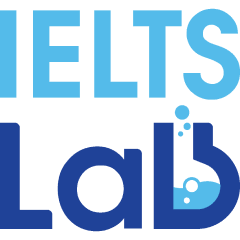




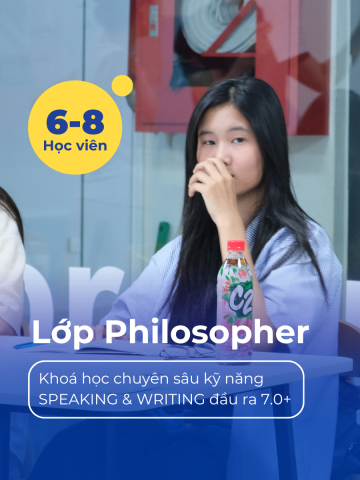
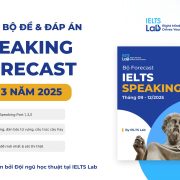


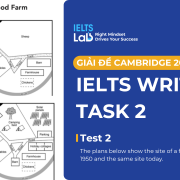
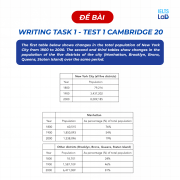

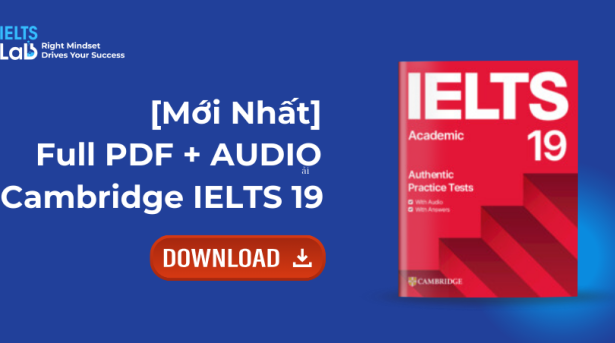





Trả lời